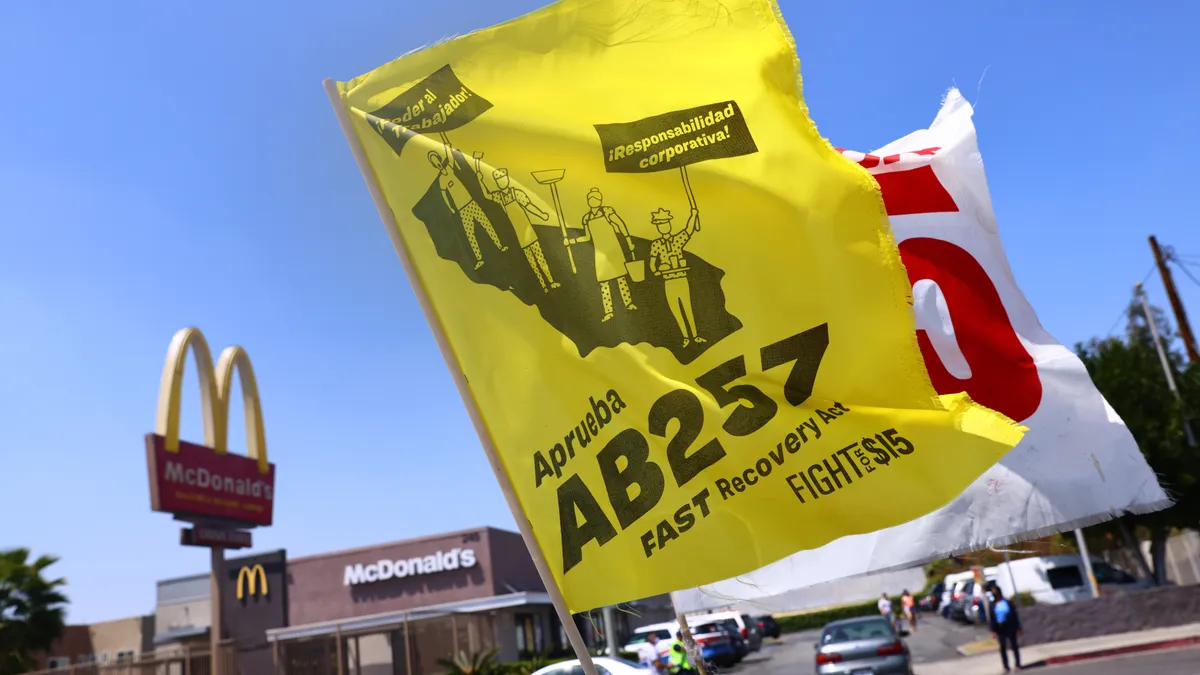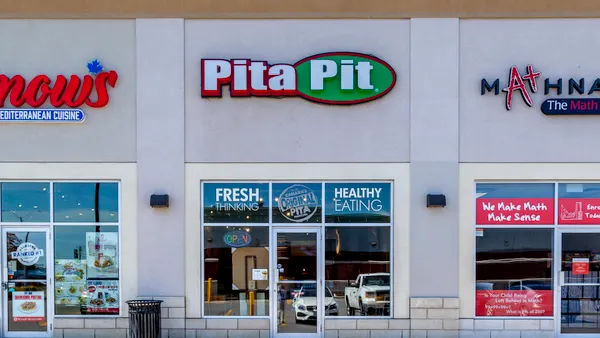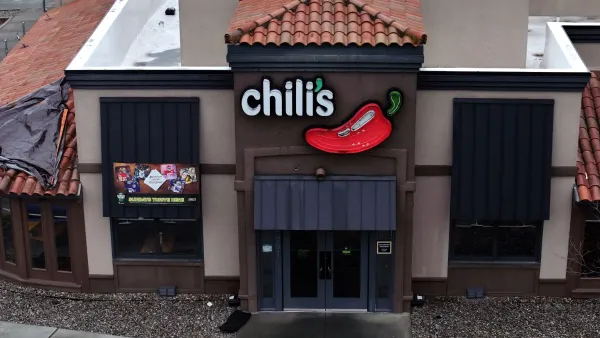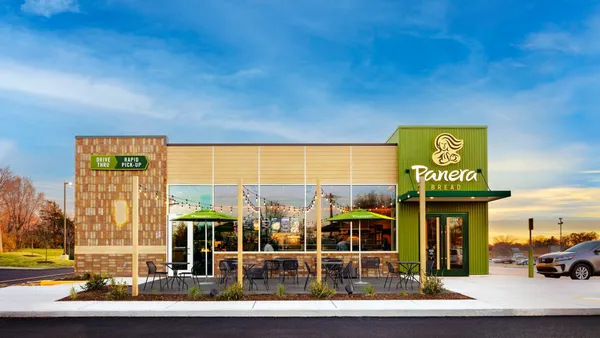Opponents of the FAST Recovery Act, California’s landmark labor reform law, reached an important milestone on Dec. 5. A coalition backed by many of the country’s major restaurant corporations gathered enough signatures to trigger a statewide referendum — putting the legislation on ice until California’s 2024 general election.
The referendum pits national chains against the law’s backers, including the Service Employees International Union, in a protracted political battle. But a stopgap of 23 months gives a short reprieve to restaurants that fear the law’s impact on business, though operator anxiety is still high.
Some proponents of the legislation, which would create a council to regulate fast food wages and working conditions for chains with 100-plus units nationwide, hail it as a pro-worker, once-in-a-generation shift in labor law. Some opponents, on the other hand, claim the possibility the council could set a $22 minimum wage would threaten the basic QSR model.
The minimum wage in California will reach $15.50 an hour for employers on Jan. 1, 2023. A $22 hourly wage would be about 42% higher than this new pay floor. Some California municipalities have their own minimum wages, according to the UC Berkeley Labor Center. Emeryville has the highest minimum wage in the state, with workers earning at least $17.68 an hour.
Federal data shows most restaurant workers nationwide already earn more than California’s minimum wage, with average hourly earnings hovering around $17.24 in October. A $22 hourly wage would be a 27% increase above this national average.
Notably, some of the major restaurant chains that oppose the law already are hiring at wages close to the $22 minimum the FAST Recovery Act could allow. According to Glassdoor, In-N-Out, which has spent $2.75 million fighting against the FAST Recovery Act, hires part-time store associates in California at hourly wages ranging from $15 to $23.50. Similar searches for Chipotle, another major opponent of the law, show the Mexican fast casual brand currently is looking for workers at wages between $15.50 and $20.33 an hour.
Despite intense support of and opposition toward this issue, experts say it’s not yet clear how the law would actually impact restaurant workers and business owners.
“We don’t exactly understand what this board is liable to do in terms of increasing labor costs,” Christopher Thornberg, director of the UC Riverside School of Business Center for Economic Forecasting and Development, said. “The original ordinance that went into place limited [the council] to raising the minimum wage for fast food up to $22 an hour… so we’re talking about potentially an enormous increase.”
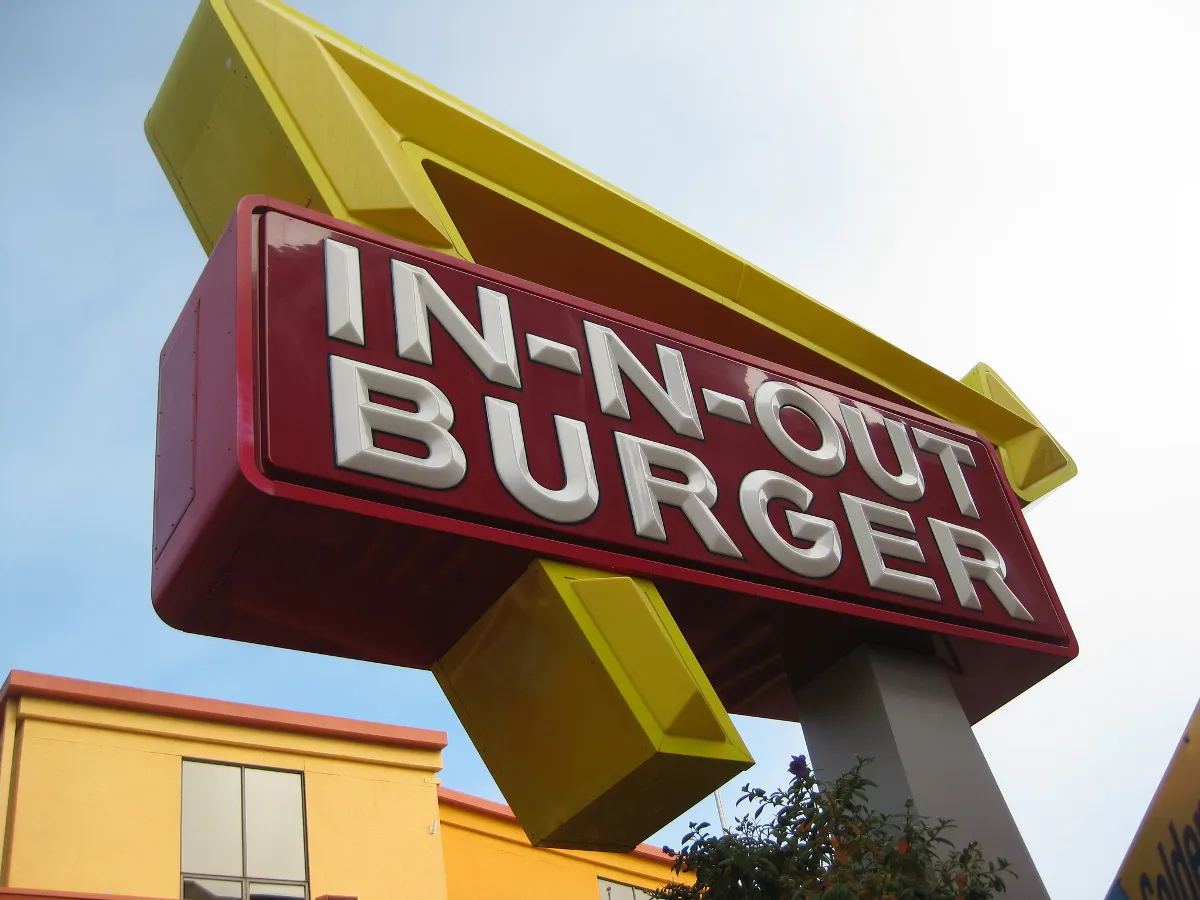
Wages will drive up menu prices – but how far?
The central claim of Save Local Restaurants, the industry group funding the 2024 referendum drive to repeal the FAST Recovery Act, hinges on profit. SLR believes the fast food council, empowered to raise hourly chain QSR wages to $22, would lead operators to pass those costs to customers. This, SLR claims, would cause lower sales, and cause some restaurants to shutter locations and fire workers — a lose-lose situation for operators and employees. Thornberg said it’s unclear what wage the council would target, however.
Comparatively, supporters of the FAST Recovery Act say cost increases would be small, pointing to research that suggests geographically limited increases in the minimum wage do push up food-away-from-home costs, but wage hikes also tend to lead to higher consumer spending.
According to a study conducted by experts at MIT and the Federal Reserve Bank of Boston, a 10% increase in minimum wage generally led to a 0.5% increase in inflation in the food-away-from-home sector. This peer-reviewed analysis, published in the Journal of Money, Credit and Banking, indicates that consumption of food away from home rises as minimum wages increase, due to the propensity of low-income consumers to spend more on food away from home as disposable income grows. However, this analysis focuses on the impact of wage increases across the board, rather than targeted wage increases in specific industries.
Thornberg, in a report prepared at the request of the International Franchise Association, estimated that a spike of about 50% in restaurant labor costs could lead to an increase of about 18% in costs for consumers, as businesses protect their margins by passing increased costs onto diners.
But David Madland, a senior fellow for the American Worker Project at the Center for American Progress and an advocate of significant reform to labor law, said increased restaurant wages don’t translate linearly into menu price increases.
“[When wages increase] you have less turnover. Turnover in fast food is incredibly high, it's over 100% a year. And it is quite expensive to hire and train new workers continuously,” Madland said.
Input cost pressure can push businesses to operate more efficiently. Madland said that data shows menu price increases tend to follow restaurant wage increases but said such price bumps tend to be relatively minor.
Both Thornberg and Madland disagreed with their opponents on the issue of the FAST Recovery Act.
Thornberg said economists backing the legislation were out of step with business realities. “They live in this magical, mystical world where you can raise one of the biggest input costs in the fast food sector,” he said. “You can raise [labor costs] – in their world 30% [to] 40% – and have almost no impact on food costs. It's bizarre.”
Madland asserted that those opposing the law relied on bad data to make apocalyptic arguments. “The data is bogus. Their claims of very high inflation coming from this are totally out of bounds and just ridiculous and should be dismissed.”
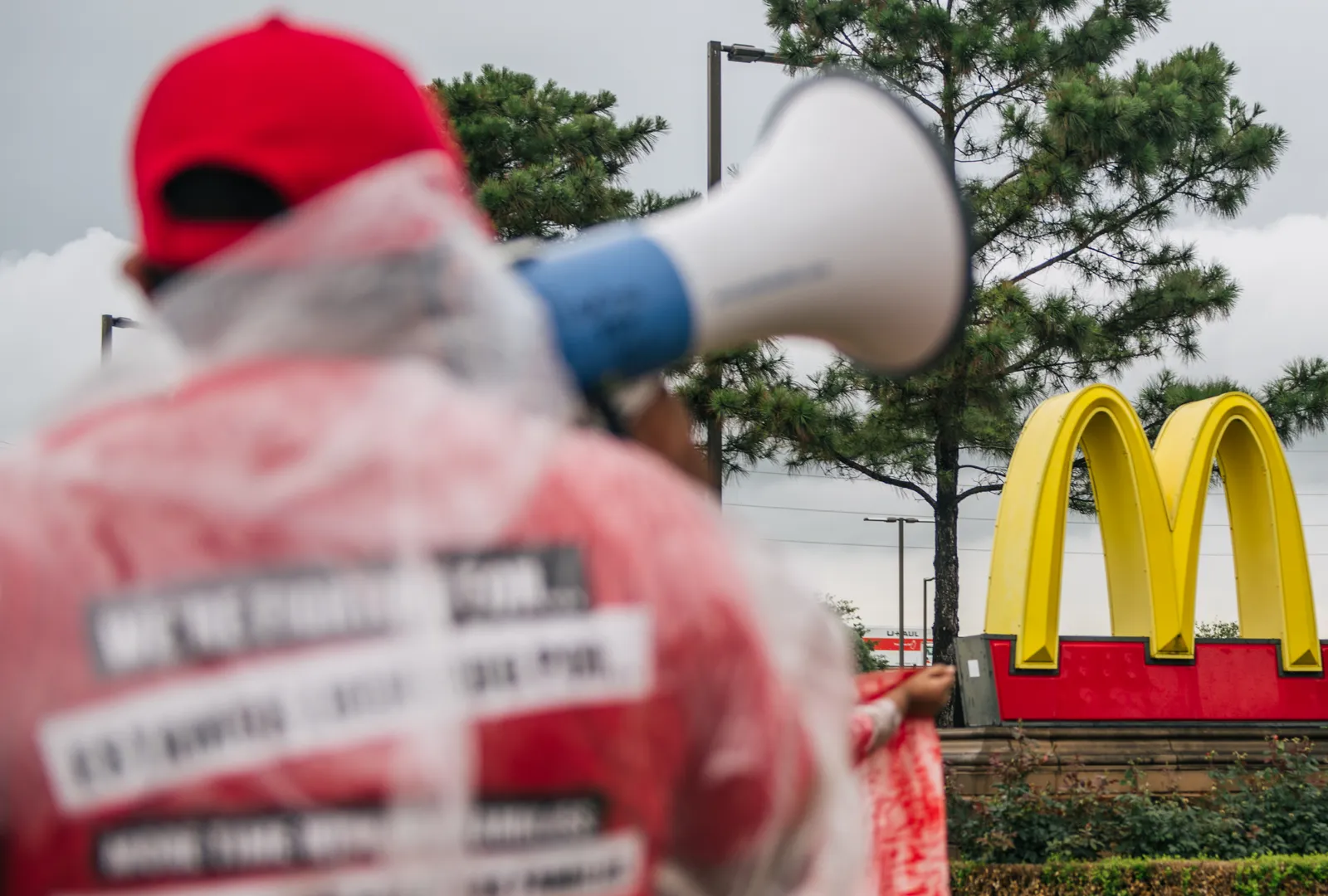
Workers say there is a problem. Businesses disagree.
For years, California fast food workers have been pushing for higher pay. The Fight for $15 and a Union, whose base is mainly fast food workers, successfully pushed the state to raise the minimum wage beginning in 2016. Workers have used strikes, public demonstrations and political campaigns as tools. For activists, the FAST Recovery Act is a way to change working conditions and payment through direct negotiation with the state and industry. Supporters also feel the fast food council would give workers more political power when confronting wage theft and sexual harassment.
Ingrid Vilorio, a California fast food worker at Jack in the Box, said she is a victim of wage theft. In a phone interview conducted with the aid of an interpreter, Vilorio, who is a native Spanish speaker, told Restaurant Dive her employer withheld more than $4,000 dollars from her and violated sick leave rules. Vilorio took her complaint to the state labor commissioner and spent more than a year trying to get paid but ultimately received only $1,500 from her employer.
Vilorio claims underpayment and other issues are widespread in fast food. “I have faced wage theft, racism, violence on [the part] of managers, and all of us have faced at least one of these issues at work,” she said. Vilorio wants to see the FAST Recovery Act take effect, and for the council to strengthen rules around wages, working conditions and sexual harassment at restaurants.
The Harvard Business Review, in a pre-pandemic analysis, found up to 90% of women and 70% of men working in restaurants had experienced sexual harassment. An April 2022 report from the worker advocacy organization One Fair Wage found a majority of women working in restaurants (73%) regularly experienced sexual harassment or witnessed inappropriate sexual behavior from customers. OFW said the pandemic made customer harassment more pervasive. Surveys conducted by Fight for $15 and a Union in support of the FAST Recovery Act estimate wage theft is rampant in the industry, with 85% of surveyed restaurant workers experiencing wage theft.
Despite such reports, restaurant industry representatives and economists opposing the FAST Recovery Act said the creation of a fast food labor council is unnecessary — a solution looking for a problem.
“Workers right now have choices. If they don't want to work in a restaurant, if they are looking to make more money, there are many jobs that they can look to, many industries they can look to, that have equal job shortages right now,” said Sean Kennedy, executive vice president of public affairs at the National Restaurant Association. The NRA already has spent over $400,000 on the effort to defeat the law at the ballot box.
Faced with the industry’s problems, many restaurant workers have chosen to leave for new employers or new job sectors. Between June and October — the latest month for which national labor turnover data is available — over 25,000 restaurant workers quit their jobs every day, for a total of 3,901,000 quits in five months. This exodus has maintained a labor shortage in the restaurant industry, giving workers more flexibility in choosing employers.
The results of that flexibility are evident at a statistical level. The COVID-19 pandemic threw almost 6 million workers out of the industry in two months. But employment in foodservice and restaurants did not durably surpass 10 million workers again until February 2021, the same month that wages in the industry surpassed pre-pandemic levels. Since then, wages have increased steadily with employment levels.
Jennifer Sherer, a senior state policy coordinator for the Economic Policy Institute — a think tank focusing on progressive economic policy — said that the position of fast food work was not immutable because workers’ wages and their standing in the economy are determined by political factors.
“There’s this outmoded idea that somehow there’s a natural market that's going to set the right wage,” Sherer said. “Employers intentionally find ways to boost their profits by suppressing wages, and policy choices have enabled and sort of abetted that wage suppression.”
Thornberg said that market action driven by the labor shortage in restaurants has made restaurant jobs better. He also asserts fast food jobs are not, and should not be, high-paying jobs.
“To be clear, they are entry-level positions. They’re not meant to be career positions. This is something somebody does as a side job or to make a little extra money or to get a little work experience,” Thornberg said. “It's not how the world works.”
Vilorio said many people don’t understand what it’s like to work in fast food. “If you want to know what it's like to be a fast food worker, I ask people to come and work for the industry just for one day. And they’ll understand what we're talking about.”
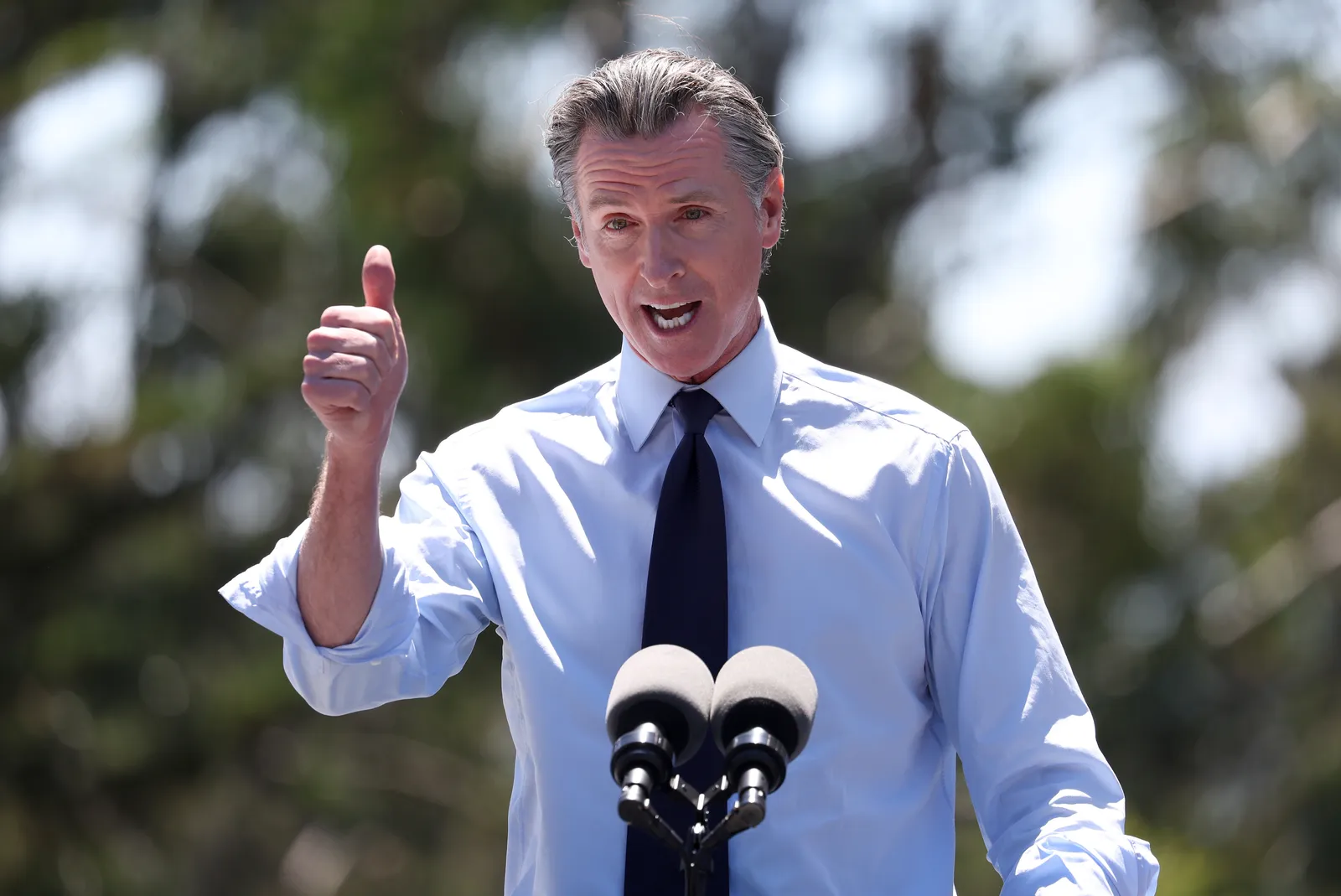
California’s governor would appoint most of the fast food council
Though the FAST Recovery Act’s fate hinges on 2024 referendum, if the law survives its challenge Gov. Gavin Newsom would have considerable influence over the fast food council’s composition. Newsom would appoint its state, employee, franchisee and franchisor representatives — eight of the council’s 10 seats. The speaker of the California Assembly, in conjunction with the Senate Rules Committee, would appoint the final two seats: the representatives of worker advocates.
Until then, rhetoric pushed by both sides of the issue could remain contentious. Both proponents and opponents of the FAST Recovery Act have accused each other of actions hostile to democracy. Opponents call the fast food council a board of unaccountable bureaucrats. Supporters say the industry is exploiting California’s referendum process to nullify laws that would give workers more power.
“They’re stepping over democracy,” Vilorio said of FAST Recovery Act opponents. “We keep the restaurants running 24 hours, seven days a week, 365 days a year, and the industry is against their own workers.”
Vilorio said she was optimistic that workers and franchisees could work well together if the referendum fails and the council comes to power at the end of 2024. “We want the franchisees to sit with us at the table,” she said.
In interviews for previous pieces with Restaurant Dive, California franchisees said they were skeptical of efforts to assert worker control over the restaurant industry, as workers did not have direct investments in the success of franchises.
Aside from ideological clashes over the FAST Recovery Act, there also is general concern over the function of California’s referendum process.
Veronica Carrizales, vice president of policy and external affairs at California Calls, an organization focused on mobilizing low-frequency voters, said the state’s referendum process no longer functions as intended.
“The referendum process in California is broken and in need of reform,” Carrizales said on a Dec. 5 press call, hosted by SEIU and Fight for $15 and a Union. “Powerful corporations have taken what was intended to be a tool for domestic direct democracy, and they have appropriated it into their toolbox to trample over workers rights.”
Kennedy, however, said the restaurant industry felt as though it had no recourse but the ballot box. “This is really the state of California, really tipping the scale in favor of labor in an unfair way,” he said. “It’s an unelected council, it’s not even legislators that are doing this. It’s not even the State Department of Wages that’s doing this.”
Thornberg said the FAST Recovery Act’s council transfers responsibility for labor law to the executive branch in California.
“There’s a functionally usurpation of the balance of powers that was imagined by those Greek guys back in the day who came up with this system,” Thornberg said. “What they’re imagining is, you’re just going to strip this away from the legislative process, and the economic process completely.”



